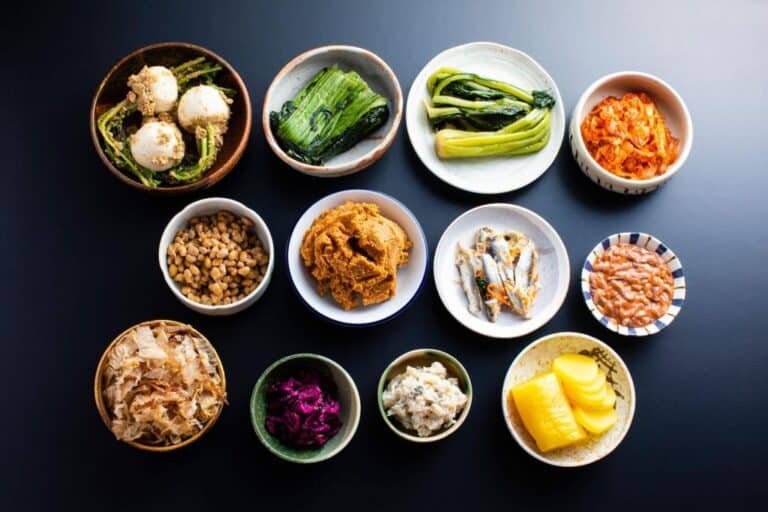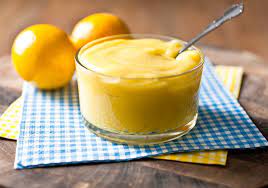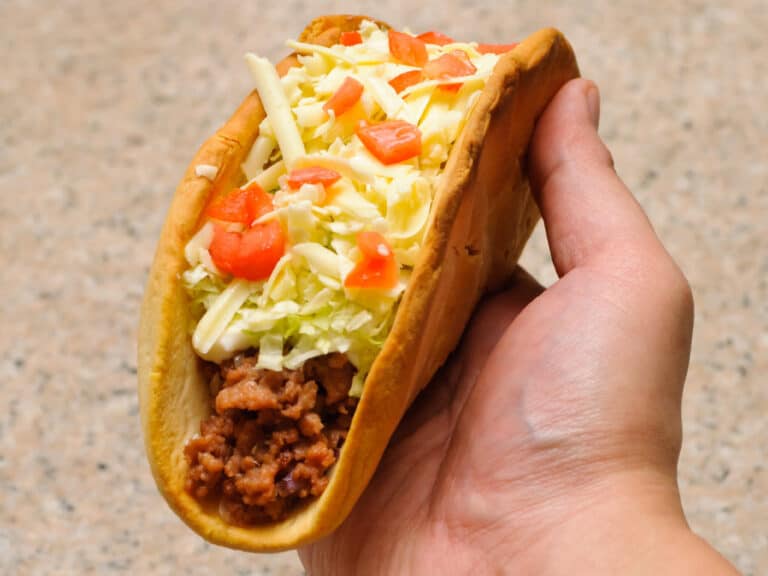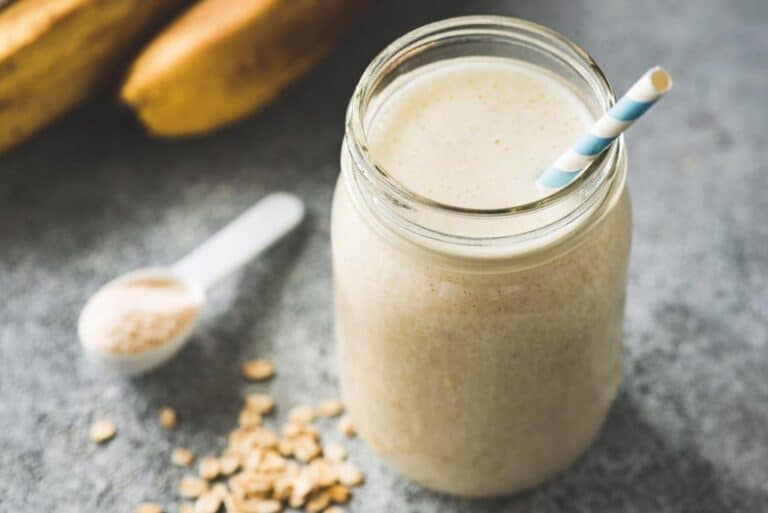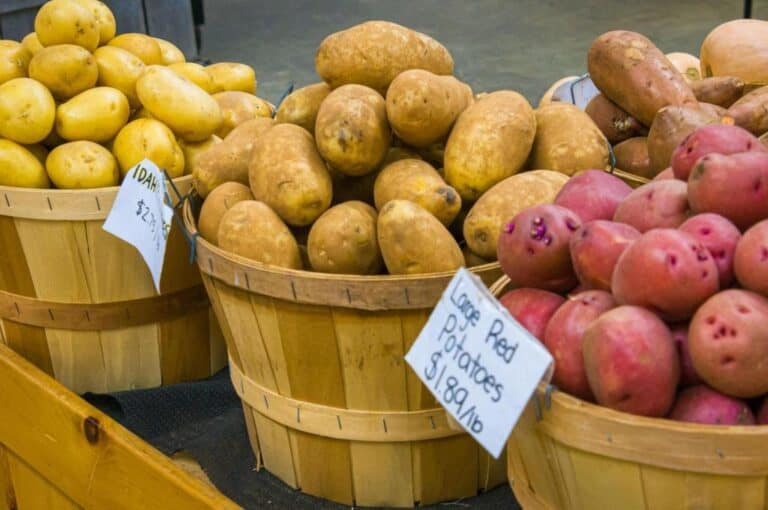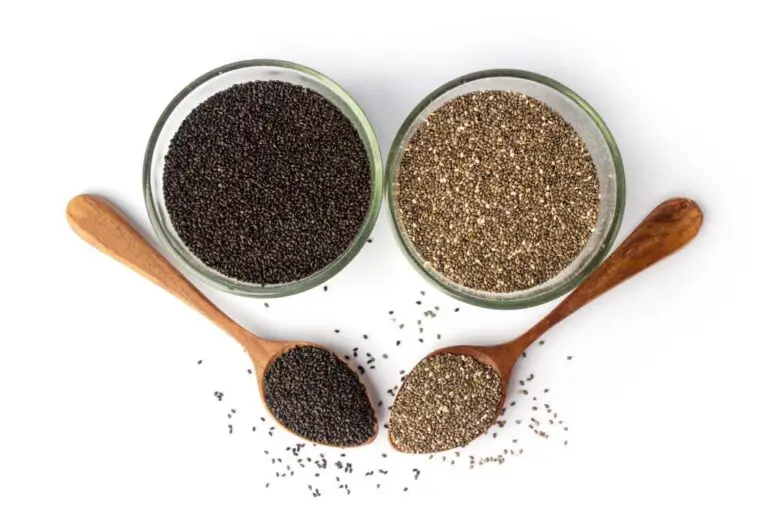Is Your Split Pea Soup Too Thick? Here’s Why It Happens
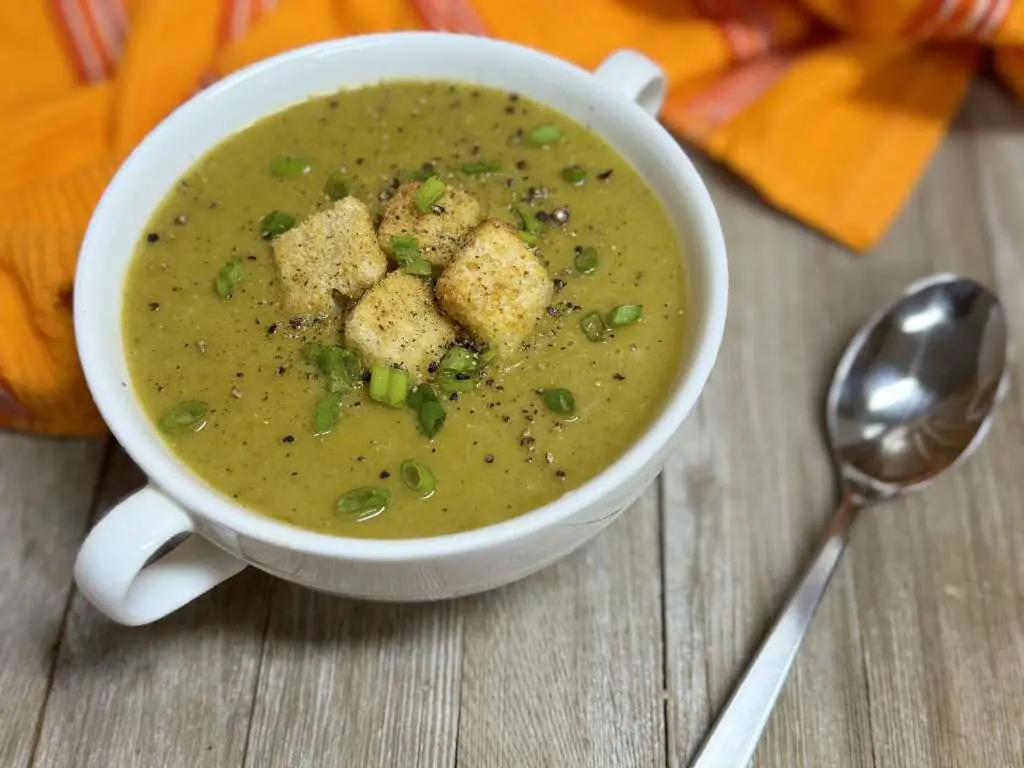
Split pea soup: it’s supposed to be comforting, hearty, and just the right consistency. But every now and then, you end up with a pot so thick it could double as spackle. I’ve been there—stirring a spoon that stands upright on its own, wondering what went wrong.
If your split pea soup is more cement than soup, don’t worry. Let’s dive into why it happens and how to rescue your meal from its sticky predicament.
Why Split Pea Soup Thickens
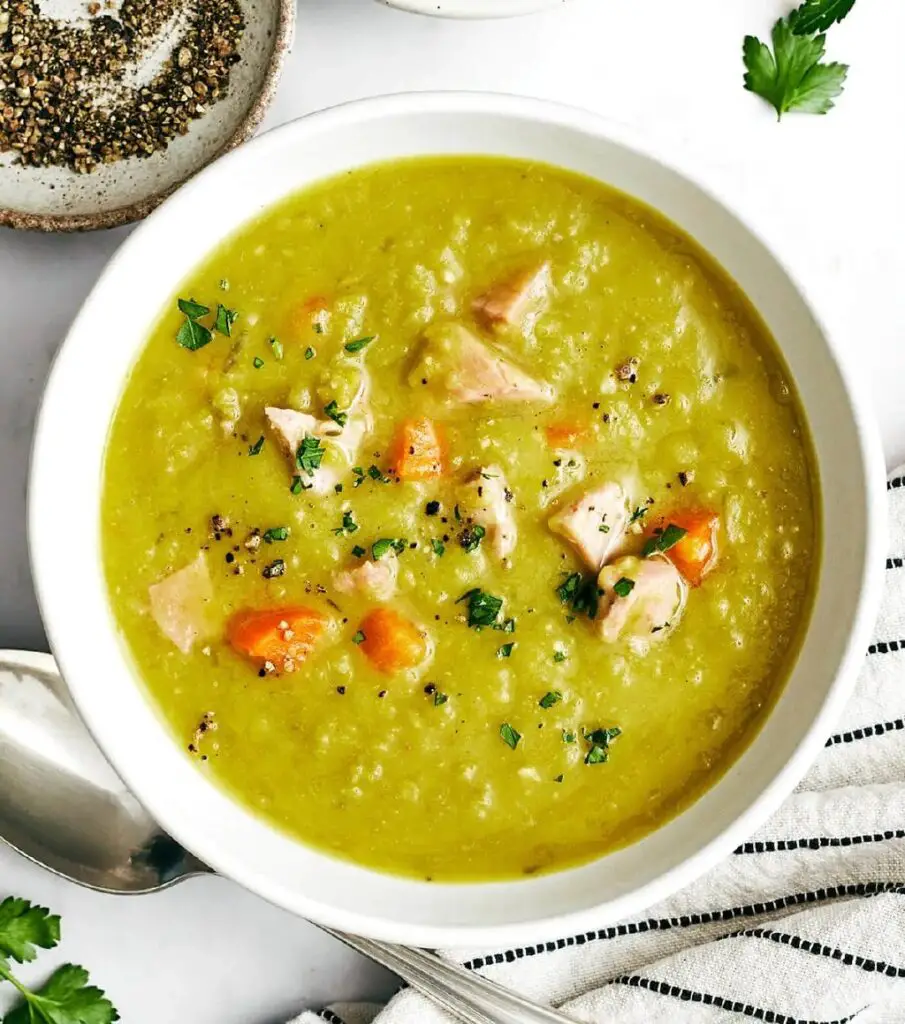
Split pea soup is like that one overachieving friend who just keeps doing too much. The key ingredient—split peas—is naturally starchy, and when they cook, they break down and release starch into the liquid. This starch acts as a thickening agent, transforming your soup into a velvety dream. However, too much of a good thing can quickly tip the scales into sludge territory. Here are the main reasons your soup might thicken more than you intended:
1. Overcooking the Peas
Split peas break down the longer they cook, and their starches fully integrate into the soup. While this creates a creamy texture, cooking them too long can result in an overly thick consistency.
2. Too Little Liquid
Soup is all about balance. If you don’t add enough liquid at the start or fail to top up as it cooks, the water evaporates, leaving you with a pot of paste instead of soup.
3. Cooling and Reheating
Ever noticed that split pea soup thickens as it sits? When it cools, the starches and fibers set, making the soup denser. Reheating it without adding extra liquid only amplifies the thickness.
4. Blending Too Much
Blending your soup can turn it into a smooth and luscious masterpiece. But if you overdo it, you’ll release even more starch, making the soup unnaturally thick.
5. High-Starch Add-Ins
Adding ingredients like potatoes, rice, or extra legumes can compound the thickness issue. These starch-rich items contribute their own heft, taking your soup from hearty to heavy.
How to Fix Thick Split Pea Soup
If your soup is already thicker than a winter blanket, don’t despair. Here are some simple fixes:
1. Add More Liquid
The easiest solution? Add water, broth, or even a splash of milk or cream. Stir it in gradually, allowing the soup to loosen up to your desired consistency.
2. Heat Gently
Warm the soup slowly as you add liquid. High heat can cause the starches to seize up, making it harder to thin out.
3. Avoid Over-Blending
If you haven’t blended yet, don’t go overboard. Pulse your blender or immersion tool just enough to create creaminess while leaving some texture intact.
4. Remove Excess Starch
Sometimes, you need to take out the excess starch. Scoop out a portion of the soup, blend it separately, and reintroduce it to the pot in smaller quantities.
5. Adjust with Acid
A splash of vinegar or lemon juice can balance flavors and cut through the starchiness, giving your soup a lighter feel.
Preventing Soup That’s Too Thick
As the saying goes, an ounce of prevention is worth a pound of cure. Here are some tips to keep your split pea soup from thickening too much in the first place:
| Tip | Why It Works |
| Use Enough Liquid | Keeps starch diluted and prevents the soup from becoming overly dense. |
| Cook on Low Heat | Slower cooking helps control the breakdown of peas and starch release. |
| Stir Occasionally | Prevents the bottom from burning and keeps starch evenly distributed. |
| Leave Some Peas Whole | Adds texture and prevents an overload of starch from fully broken-down peas. |
| Add Liquid Gradually | Adjust as you go to ensure the soup stays the right consistency. |
My Favorite Split Pea Soup Hack
Whenever I’m making split pea soup, I keep a small pot of hot broth on the side. As the soup cooks, I add a ladleful of broth whenever it starts looking too thick. It’s like a safety net for your consistency—always there to catch you if things get too sticky.
When Thickness Is a Feature, Not a Flaw
Now, I get it. Some folks love their split pea soup thick enough to stick to their ribs (or their spoon). If that’s your style, embrace it! A thick soup can be perfect for dipping crusty bread or ladling over rice for a hearty meal. The key is making sure it’s intentional and not accidental.
A Foolproof Recipe for Balanced Split Pea Soup
Here’s my go-to recipe for split pea soup that hits the perfect consistency every time:
Ingredients:
- 1 cup dried split peas, rinsed
- 4 cups chicken or vegetable broth
- 1 medium onion, diced
- 2 carrots, chopped
- 2 celery stalks, chopped
- 2 garlic cloves, minced
- 1 bay leaf
- Salt and pepper to taste
Instructions:
- In a large pot, sauté the onion, carrots, celery, and garlic until softened.
- Add the split peas, broth, and bay leaf. Bring to a boil.
- Reduce the heat to low and simmer for about 45 minutes, stirring occasionally.
- Remove the bay leaf and blend a portion of the soup if desired.
- Adjust the consistency with extra broth, season with salt and pepper, and serve warm.
| Check out: Do Dried Split Peas Go Bad? |
How Do You Soften Hard Peas?
To soften hard peas, you need to rehydrate them and break down their tough outer shells. This process usually involves soaking and cooking, but the method you choose depends on your available time and the dish you’re preparing. Below is a detailed guide to help you soften those stubborn peas effectively.
1. Soaking Methods
Soaking peas before cooking is a tried-and-true method to soften them. There are two popular approaches:
- Overnight Soak: Place peas in a large bowl, cover them with water (at least three times their volume), and let them soak overnight.
- Quick Soak: If you’re short on time, bring peas to a boil in water for 2 minutes, then let them sit, covered, for an hour before cooking.
2. Cooking Techniques
Once soaked, cook the peas in fresh water. Bring them to a boil, then simmer for 1-2 hours, checking frequently for tenderness. Adding a pinch of baking soda can speed up softening by breaking down tough cell walls.
| Method | Time Required | Best For |
| Overnight Soak | 8-12 hours | Best texture and flavor |
| Quick Soak | 1-2 hours | Faster preparation |
Soaking and cooking properly will yield tender peas ready for soups, stews, or sides.
| Read: Why Are My Yellow Split Peas Not Cooking and Hard? |
Final Thoughts
Split pea soup is one of those cozy, soul-soothing dishes that’s hard to mess up completely. Even if it turns out thicker than you planned, a few simple adjustments can bring it back to its former glory. The next time your soup thickens into a stand-alone meal, you’ll know exactly what to do. And hey, thick or thin, it’s still a bowl full of love and comfort—so dig in!

